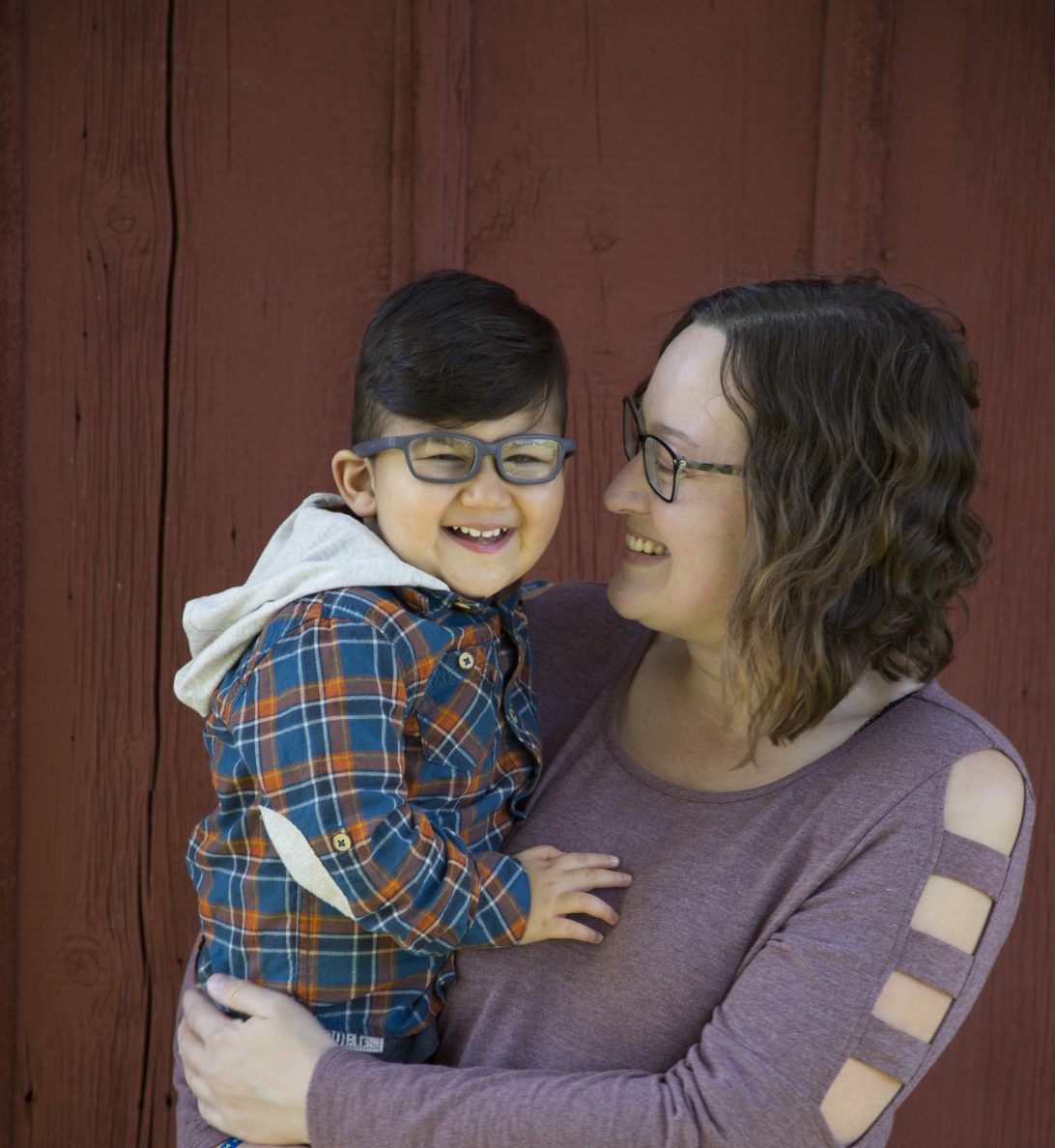True inclusion does not equal proximity to peers.
Kiran was participating in an activity recently, specifically geared toward kids with disabilities. He happened to be one of two kids using mobility devices, and the only one who was not independently mobile in this group. At one point, the kids were all lined up, shoulder to shoulder, waiting for their turn on the next activity. And the very person who should have known better had wheeled Kiran and left him behind all the other kids. By himself.
Anyone who knows me knows I am anxious and avoid confrontation at all cost. I was seconds away from getting up off my place at the bleachers and going over to wheel him up to the line with his peers myself. The only reason I didn’t was a volunteer, who I had watched interact with Kiran throughout this event, noticed and went over to him and started engaging with him.
I’m still, days later, thinking about this. I am still angry about this. Furious, if I’m honest. And it has me thinking about and wondering what inclusion looks like for Kiran when I’m not watching. If this can happen during an experience specifically for disabled kiddos, with the people who have inclusion in their hearts and as their mission, what is happening at school?
There was a classroom party I attended earlier this year. We were late getting Kiran down to the classroom, and the centers were already in full motion. For the majority of the party, Kiran was sitting with the other kid from his special education classroom, the two associates, and me.
That’s not inclusion. That’s proximity to peers. We have to do better.
